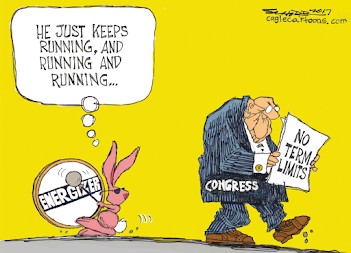The Politics of Architecture
By Biz Lynch
Architecture is inherently political, it can not escape that fact. At its core, architecture has a purpose; a set of values it follows to become what it represents. When a nation’s government decides to construct a new building, the values of the country are expressed in the architecture. The use of architecture as a form of communication helps future generations dissect how every day citizens interacted with their governing officials.
The Forbidden City in Beijing, China, for example, is miles upon miles of gates that the people were not allowed to enter until 1925. The placement of the compound directly in the center of the city gives us an idea of the importance of those who are allowed inside. Despite access being granted through guided tours, there is still a foreboding picture of their leader that stares them down upon entering. Even the mile long trek through the city is heavily monitored by security and the police to protect the integrity of the fortress.
The Neuschwanstein Castle is tucked away on a mountain in Schwangau far outside of the rest of the German Capital. It was built specifically for and by King Ludwig who wanted no part in the politics of ruling the country. This is clearly communicated in the secluded location and the overall construction of the castle with its high stone walls and large front gate. The rooms are dimly lit with little to no sun exposure, and the dark furniture makes each room seem cave like.
The Palace of Versailles is yet another example of architecture communicating with us about the importance of specific rulers and values. King Louis XIV had actually moved the location of the palace and the capital of France to Versailles as a power move over his fellow rulers. This gave King Louis the upper hand when dealing with business matters. The palace was dressed to the nines: every single aspect of the palace screams luxury, communicating Louis’ absolutism and wealth.
Even when we break down the architectural design of the United States Government, we would find something similar. At first glance, the Capitol building is daunting and seemingly impermeable. Unless you have visited or taken a tour of the Capitol Building, you wouldn’t know that there are “hidden” staircases that take you underground. You would be blind the expansive system tunnels that connect the Senate offices and the Capital.
Now this wasn't how the Capitol was originally intended to be interacted with. When the Capitol Building was first built, people did have the ability to walk right up the marble stairs. However, as our government has become more elusive and guarded, so did the entrance to the Capitol. People can no longer ascend the grand staircase. If they do, they are greeted by the Capitol Police (oink, oink). The capitol was also originally meant to be the meeting space of the thirteen colonies, which is why it's placed smack dab in the middle of the east coast (or rather what the founding fathers thought was the middle). And once again, as our country has grown in size from the stealing of land, the capitol has become less and less accessible to anyone who lives past the Appalachian mountains.
So if architecture is all about communication of values through design, what are our government buildings communicating to us? That only the elite have access to our supposed “free democracy”? That only those who already have access to a plethora of resources can incite change in the home of policy making?
What I’m getting at here is that we can’t expect people to know the way. Educating those who are willing to learn is the only way to get people more involved. It is our duty as a politically active and knowledgeable group of people to show people the entrance. We need to break down the physical and metaphorical barriers that impede average citizens of the United States from participating in the U.S. Government.




Comments
Post a Comment